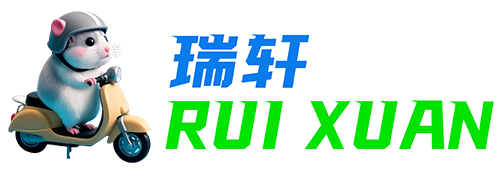The Electric Scooter Market Continues to Heat Up with Technological Innovation and Policy Regulation in Parallel
Time : 2025-04-18

In recent years, electric scooters have rapidly gained popularity worldwide due to their convenience, environmental friendliness, and affordability, becoming a popular choice for short-distance urban travel. A series of recent industry developments have once again brought electric scooters into the spotlight.
According to the latest report from market research institutions, the global electric scooter market size exceeded $20 billion in 2024, representing a 25% increase compared to the previous year. The Asia-Pacific region, in particular, has witnessed remarkable growth, with emerging markets such as China and India serving as significant growth drivers. In China, the number of shared electric scooters and privately-owned electric scooters on the streets of major cities has surged. Take Shenzhen as an example; the ownership of electric scooters has increased by over 40% in the past year, and many office workers have chosen them as a solution for the "last mile" of their commutes.
Technological innovation has become the core driving force behind the development of electric scooters. Many well-known enterprises have increased their R&D investments, continuously enhancing product performance. In terms of battery range, some new models can travel up to 80 kilometers on a single charge, nearly doubling that of traditional models. Meanwhile, the level of intelligence has also significantly improved. Electric scooters equipped with smart apps can achieve functions such as vehicle positioning, battery level monitoring, and fault warning. They can even analyze data to plan the optimal travel route for users. Additionally, optimized folding technology makes electric scooters more portable, reducing their volume to one-third of the original size, allowing them to be easily placed in the trunk of a car or on a luggage rack in the subway.
However, with the widespread adoption of electric scooters, safety and management issues have become increasingly prominent. Due to the lack of unified industry standards, some low-priced and substandard products pose potential battery safety hazards and have insufficient braking performance. At the same time, in some cities, violations such as riding electric scooters on motor vehicle lanes and random parking occur frequently, seriously affecting traffic order and urban appearance. In response to these issues, governments around the world have started to strengthen the regulation of electric scooters. Many cities in China have introduced relevant policies, clearly stipulating that electric scooters are prohibited from driving on motor vehicle lanes, and some areas have also designated special parking zones. The European Union has also issued new regulations, imposing strict restrictions on the maximum speed and safety standards of electric scooters.
Facing opportunities and challenges, enterprises in the electric scooter industry have stated that they will continue to increase R&D efforts, strictly control product quality, and actively cooperate with government departments to improve management measures. In the future, with the further maturation of technology and the gradual standardization of policies, electric scooters are expected to play an even more important role in urban transportation, bringing people a greener, more convenient, and efficient travel experience.
Previous page:No data
Next page:No data
News Recommended
Chat Online



